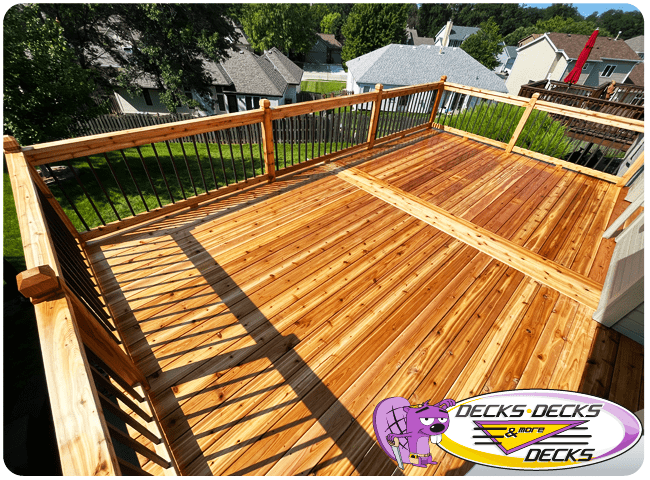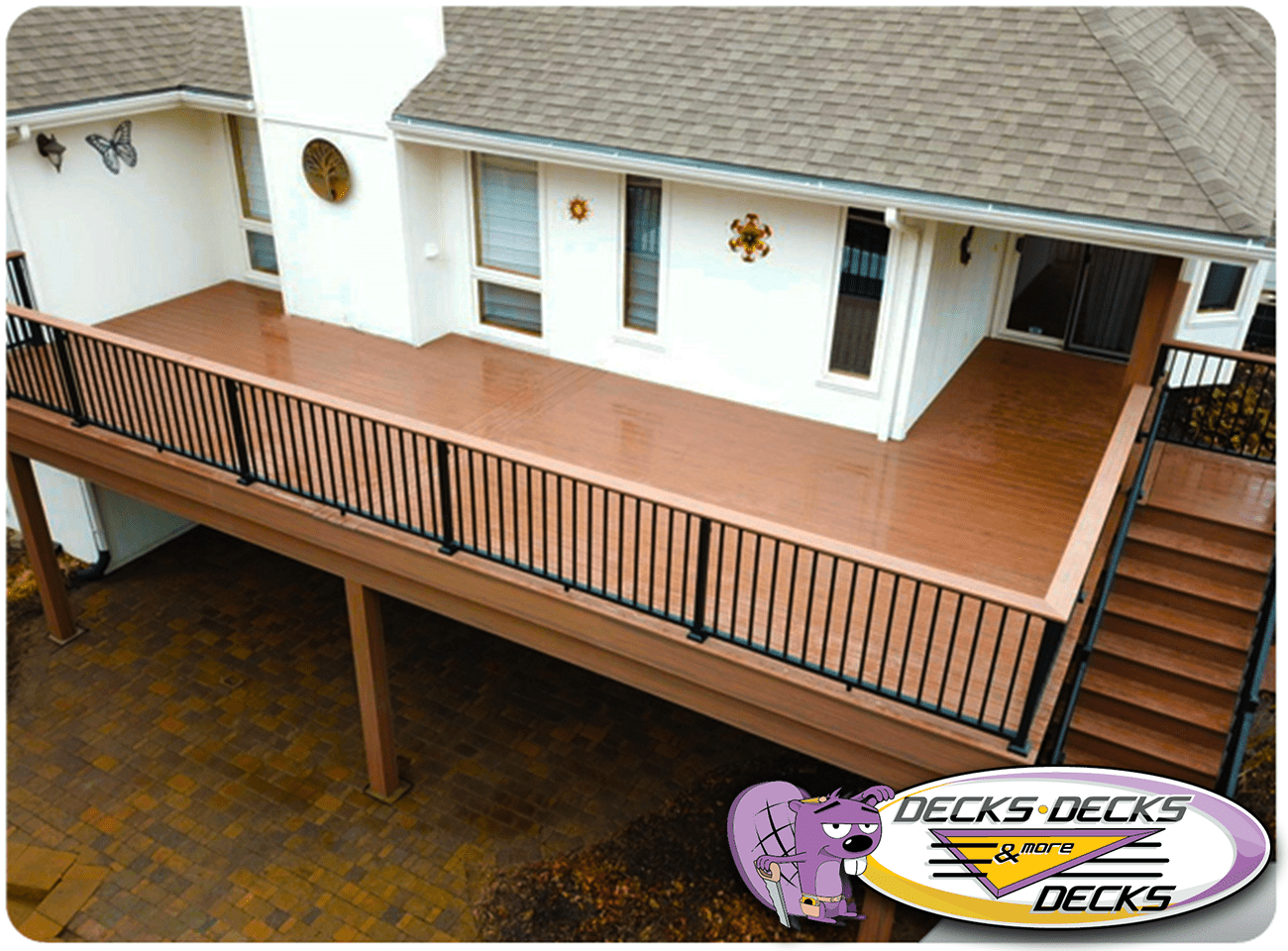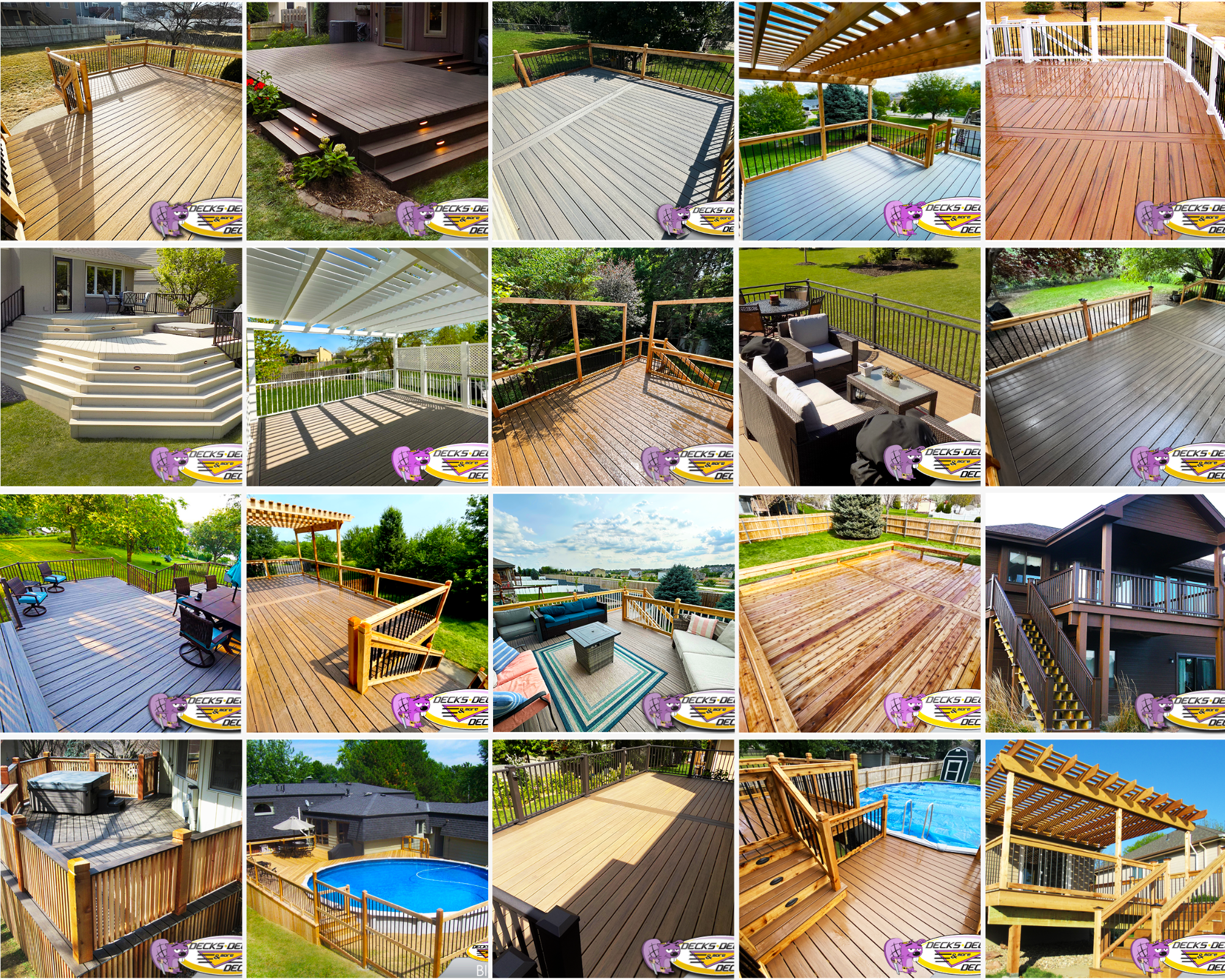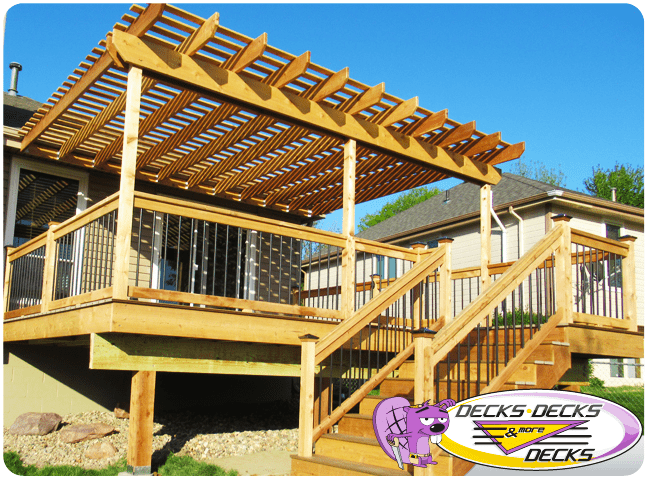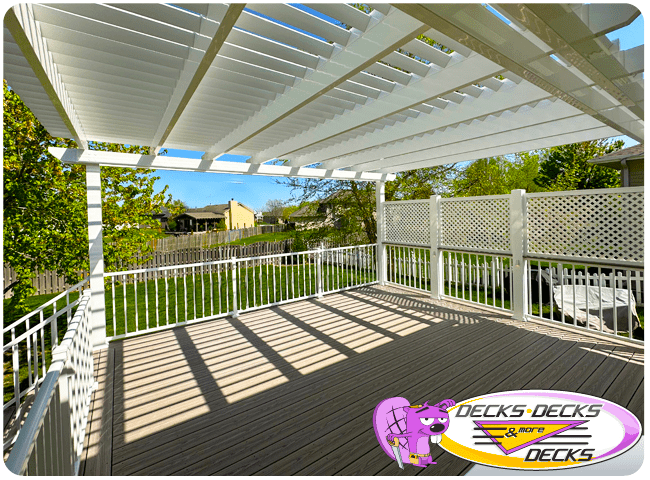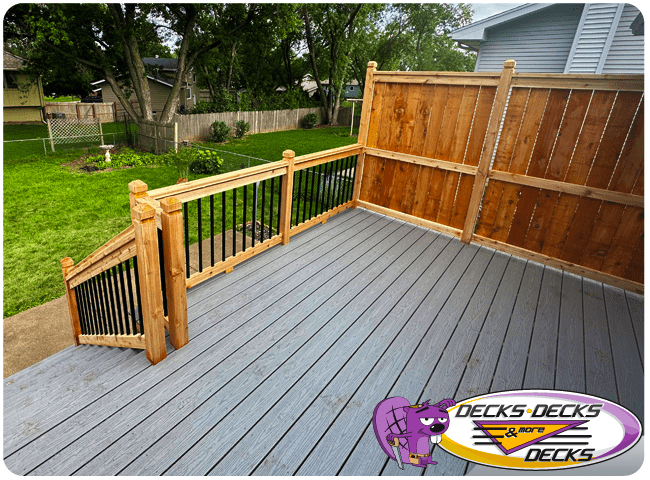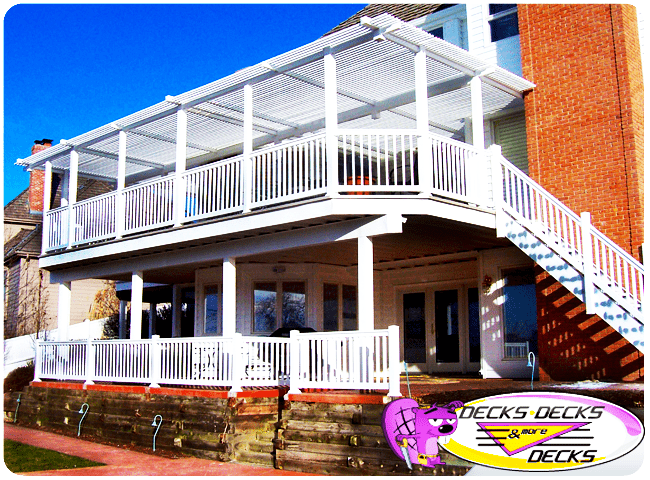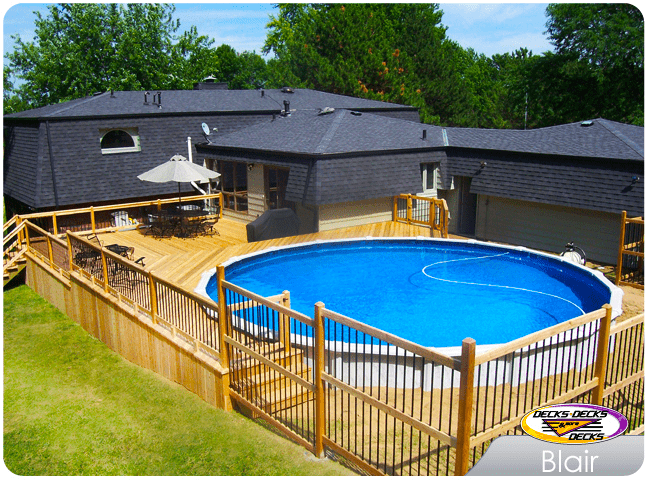Elevate Your Outdoor Space with Aesthetic Appeal: Tips for Aesthetic Harmony, Lighting, and Upgrades
When it comes to outdoor spaces, decks are more than just structures—they’re extensions of our homes. They reflect our style, create spaces for connection, and elevate our enjoyment of the outdoors. Enhancing your deck with a focus on aesthetics can transform it into a personal sanctuary. Here’s how you can improve your deck’s aesthetic appeal with harmony, lighting, and strategic upgrades.
1. Create Aesthetic Harmony
Achieving aesthetic harmony on your deck means coordinating colors, textures, and elements that work together seamlessly. Whether your home leans modern, rustic, or traditional, your deck should feel like an extension of that style. Choose complementary materials, such as composite decking for a modern look or wood for a natural, rustic feel. Consider incorporating similar hues in your furniture, accessories, and even planters to bring everything together in a visually cohesive way.
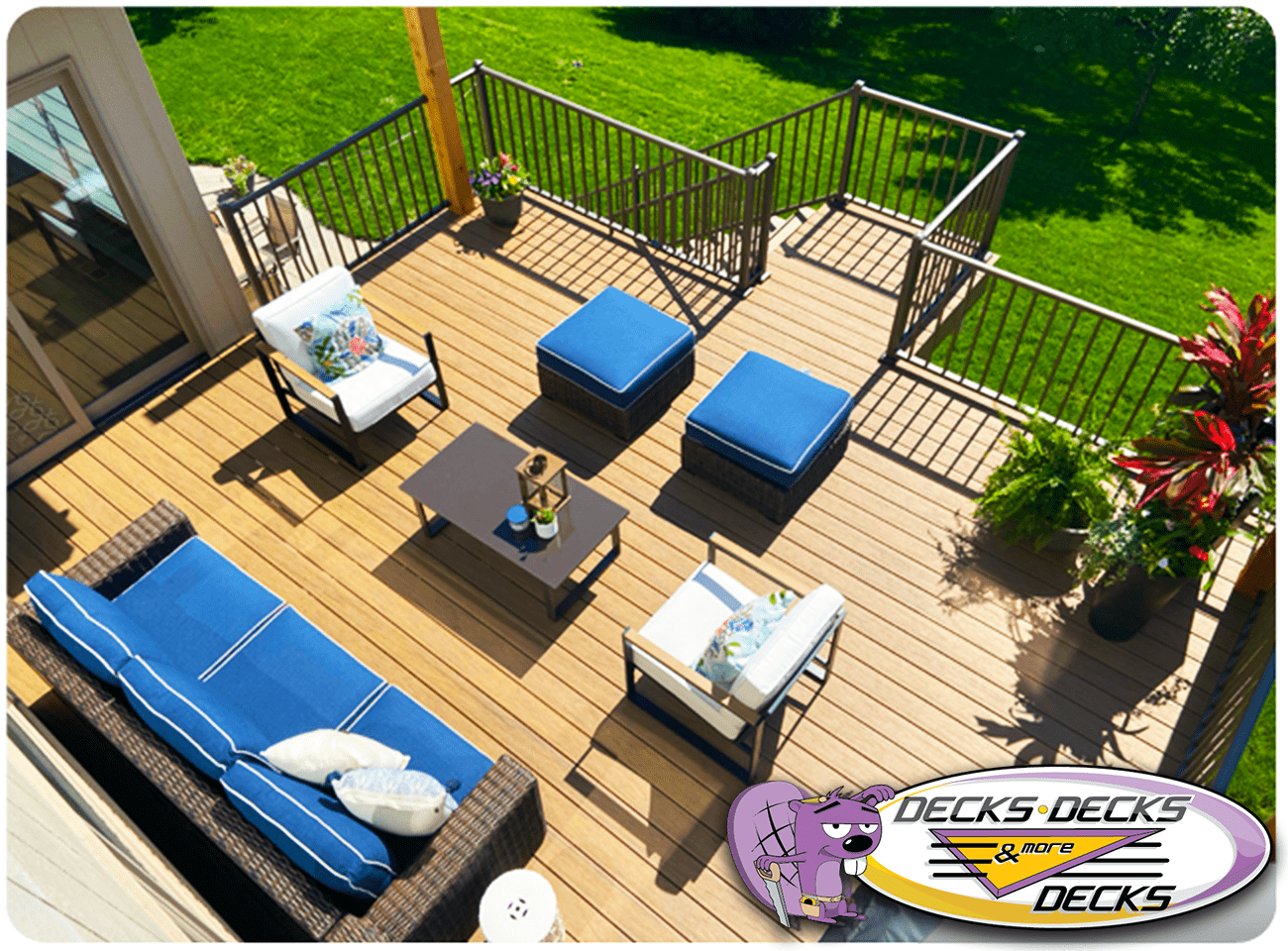
2. Add Aesthetic Lighting
Aesthetic lighting is one of the easiest ways to transform your deck’s ambiance and make it feel like an outdoor retreat. Think beyond just functional lights; add decorative fixtures that highlight specific areas or create a warm, inviting glow. String lights, lanterns, and in-floor LED lights can make a stunning difference. Lighting not only improves visibility but adds layers of mood, from soft and relaxing to bright and energizing for social gatherings.
3. Choose Aesthetic Upgrades
Deck upgrades that enhance both functionality and beauty are key to elevating your outdoor space. Consider adding built-in benches, a pergola, or a stylish railing. Even small changes like updating your deck’s stain color or adding decorative screens can make a noticeable impact. When choosing upgrades, focus on elements that complement your existing space and add aesthetic appeal.
4. Enhance the Overall Aesthetics
Aesthetic upgrades are about more than just looks—they’re about creating a space that feels balanced and comfortable. Think about integrating natural elements like plants, flowers, or even a small water feature. Incorporating greenery adds a lush, inviting feel, while other decor like outdoor rugs, pillows, and blankets can add personality and style to your deck.
5. Enjoy the Beauty of an Aesthetically Upgraded Deck
Once your deck has been transformed, you’ll find it becomes a go-to spot for everything from morning coffee to evening relaxation. With aesthetic harmony, thoughtful lighting, and purposeful upgrades, your deck can be more than just an outdoor space—it can become a true extension of your style and a beautiful retreat.


